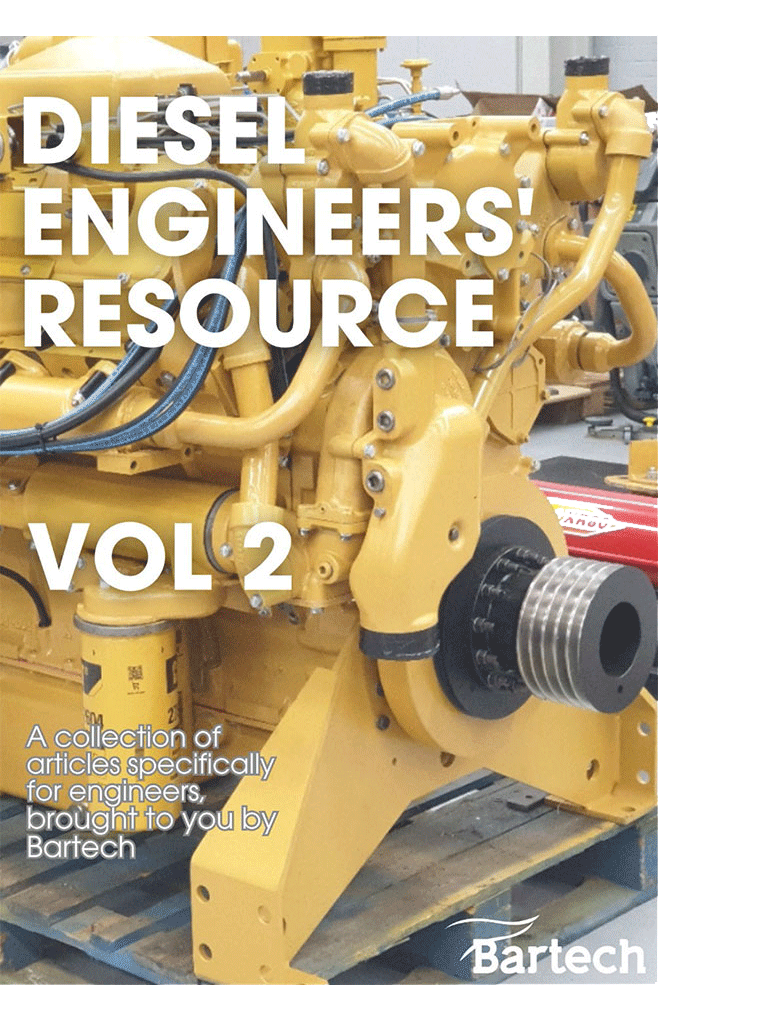While attending a site recently, we found two inoperative engine jacket water heaters and having organised the spares required, we returned to replace the jacket water heaters.
Once we’d drained the engines and the client had electrically disconnected the water heaters, we removed them.
And here’s what we found:

On the first engine, we found a large quantity of scale, but on only one of the two heaters, indicating that the other heater had not worked for some considerable time.
We fitted the new immersion heaters and pumped the water back into the engine before reconnecting the electrical supply.
However, we found that the heaters were still not working.
The client investigated this onsite and discovered an issue with their control systems which they rectified during the visit.
We then carried out the same procedure on the other engine, removing the heaters and finding that the right-hand heater had degraded to the point that the electrical elements were exposed to the water.
As you can imagine, this was dangerous as the supply voltage was tripping through the cooling water. We cleaned out both heater ports and fitted the new heaters.
These findings, whilst shocking (almost literally!) are not uncommon with this type of heater setup. The good news is that they can be avoided as follows:
- Always use a mix of de-ionised water and approved coolant
- Check/change the coolant every 2 years (or if using extended life coolant as per manufacturer's recommendations)
- Check the immersion heaters regularly – at least when you change the coolant
These heating systems, whilst adequate, can be replaced with a more efficient and cost-effective option – pumped preheat systems.
What are pumped preheat systems?
The installation of a pumped pre-heat system allows heated coolant to be pumped around the engine, rather than relying on convection from the old static elements that are currently installed.
These are also controlled by a thermostat and will activate and de-activate as required, but will heat the engine much more evenly and effectively, thereby eliminating cold spots and hot spots.
We can retrofit pumped preheat systems to any engine.
If this is something you would like to consider and need more information, get in touch, we’d be happy to help.


